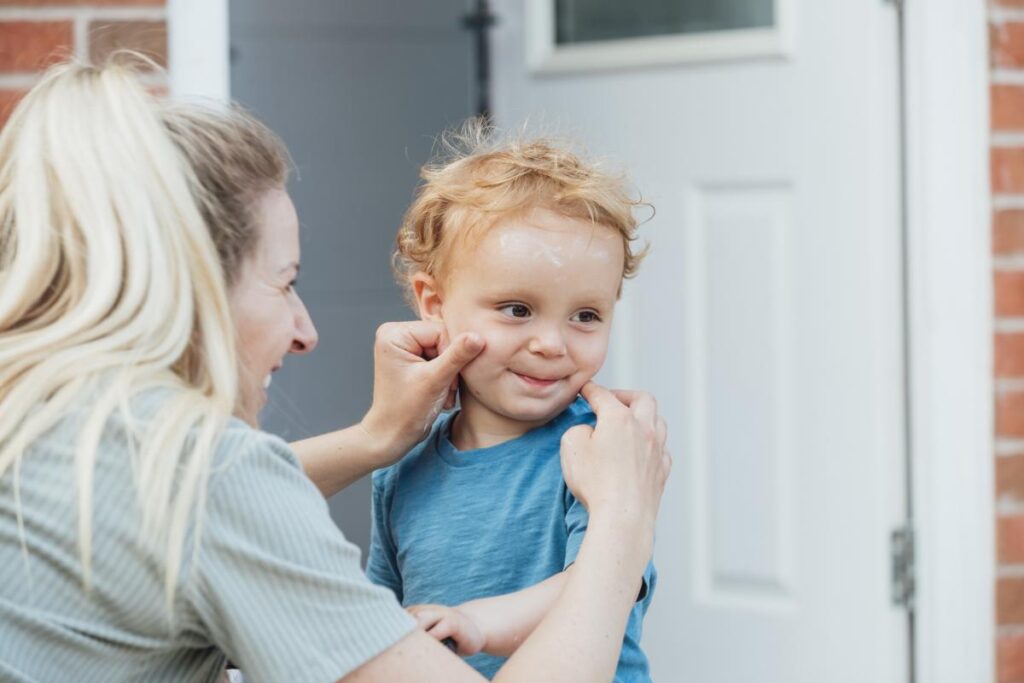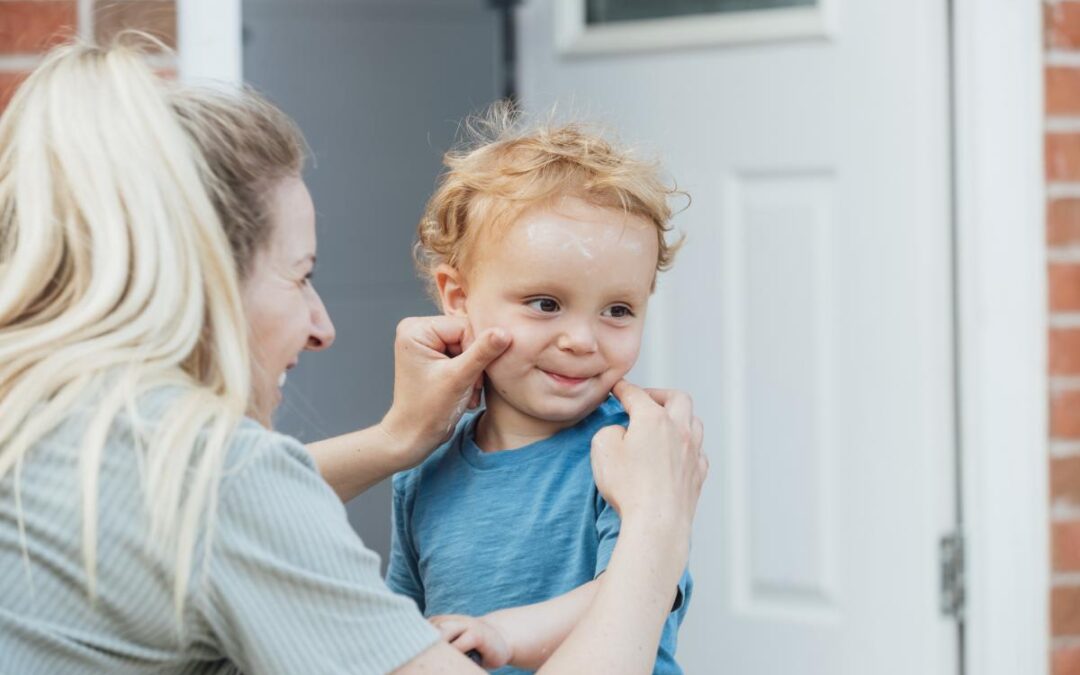 The skin is the body’s largest organ; it serves as a protective barrier from many things, including the sun.
The skin is the body’s largest organ; it serves as a protective barrier from many things, including the sun.
Any excess absorption of ultraviolet radiation from the sun results in skin damage, which can happen as rapidly as five to 10 minutes (outdoors without protection). And, while we may not want to hear it, any change in skin color indicates injury, said dermatologist Dr. Sarah Beggs. This means that both tans (as pretty as they may seem) and sunburns are harmful – and both increase our risk for skin cancer.
Why is spring so problematic?
Spring can be one of the riskiest times of year when it comes to skin damage, because of the common and understandable misbelief that the strength of sunrays diminishes with temperature, Dr. Beggs said. In spring – when the sun is out in full force and temperatures are mild – people slack on much-needed skin protection.
“You can’t escape the sun in the spring. UV rays are still there, even when it’s not hot,” explained Dr. Beggs. “They can be just as intense in the spring as they are in the summer, so you should use the same level of protection.”
The same is true for other seasons; we should wear sunscreen and follow other protective measures year-round, added Dr. Beggs. The problem is that many more people are eager to spend time outdoors during the spring, after being cooped up all winter – especially during a pandemic, when outdoor activities are typically safer than indoor.
Is cloud-burn real?
Definitely, said Dr. Beggs. “Studies show that only 10% of the sun’s rays are blocked by the clouds, so your risk for sun damage is still significant. Cloudy days are particularly dangerous because they give us a false sense of protection.”
What’s the best way to protect our skin?
First and foremost, avoid tanning, Dr. Beggs urged. “Whether you’re ‘laying out’ in the sun or using tanning beds – neither are good for you. You don’t need a ‘base tan’ before you go on vacation. Every single time we tan or burn, we increase our skin cancer risk.”
Experts recommend a sunscreen with an SPF (sun protection factor) of at least 30 or higher, Dr. Beggs said. It should be broad spectrum, providing protection for both UVA and UVB rays. If you’re trying to decide between a lotion, spray, or stick, the best choice is the product you’re more likely to use. If the texture of lotion makes you cringe, you’re probably going to be less likely to apply it often and correctly. Go with what works for you.
Of course, it’s also helpful to cover up with breathable, protective clothing; wear a wide-brimmed hat; wear UV-blocking sunglasses; and seek plenty of shade, particularly between the hours of 10 a.m. and 2 p.m., when the UV index is at its peak, Dr. Beggs said.
What about going out in the evening?
As long as the sun is out, there’s still some level of UV light in the air, Dr. Beggs added. So, if the sun is still up, apply some sunscreen; if it’s not, you don’t have to worry about it.
What’s the best way to treat burns when they do happen?
If and when you do get burned, proper and timely care is important to help minimize pain and scarring. To ease pain and calm our immune response, try cool compresses, such as a bag of frozen veggies or an ice pack wrapped in a towel; over-the-counter anti-inflammatory medicines, such as aspirin or ibuprofen; 100% pure aloe vera gel (you can store it in the fridge to keep it cool); and topical steroids, such as hydrocortisone, Dr. Beggs advised.
If you have other symptoms accompanying the burn, such as fever, chills, nausea, or blistering, you may be suffering from sun poisoning and should contact your doctor as soon as possible.
Remember, not being fooled by the springtime sun doesn’t mean you have to spend more time hiding indoors. There are countless benefits that come from spending time outdoors that should be taken advantage of when you have the chance; you just have to be cautious.

